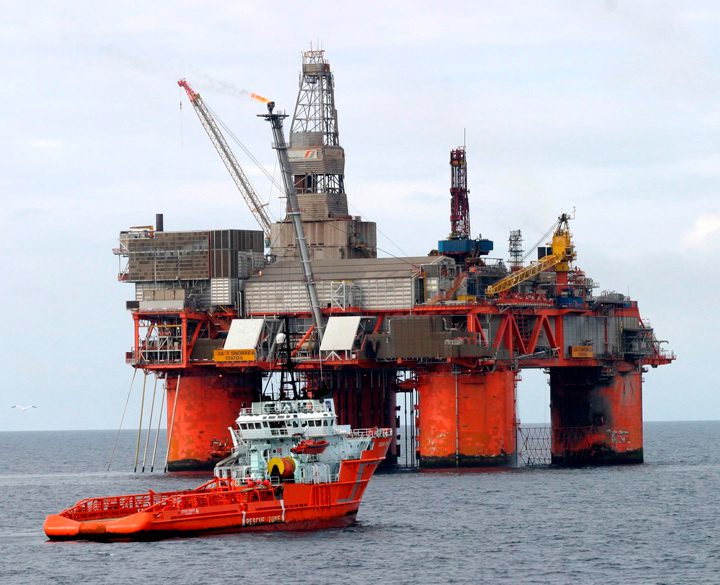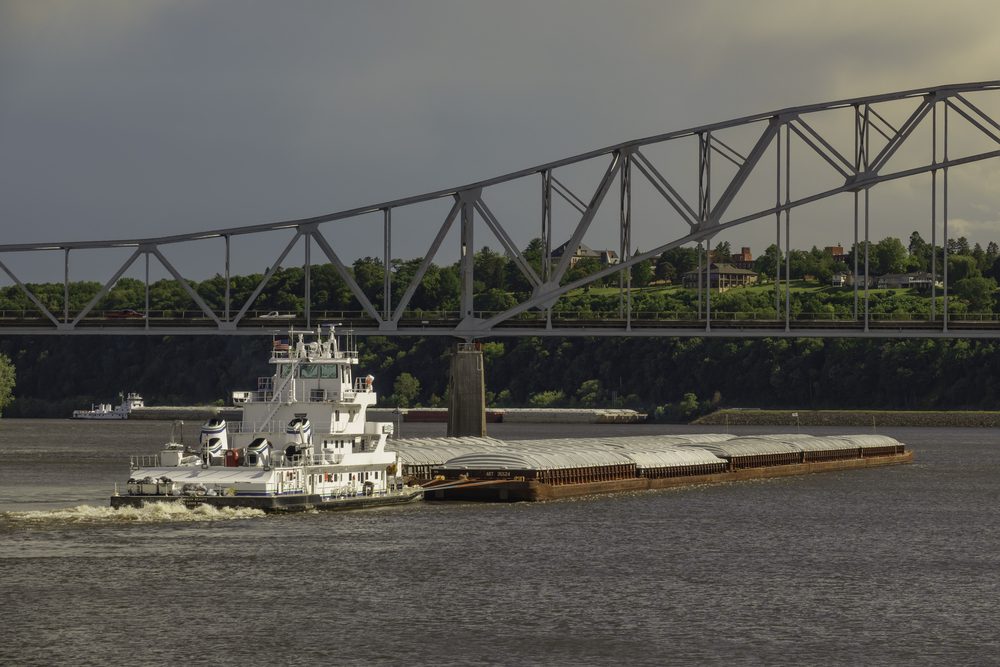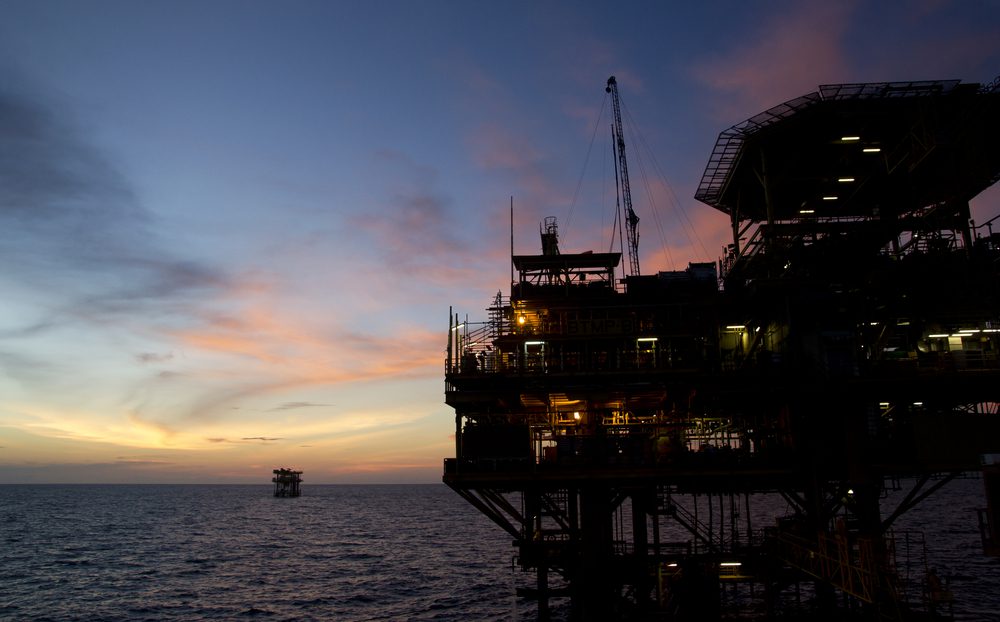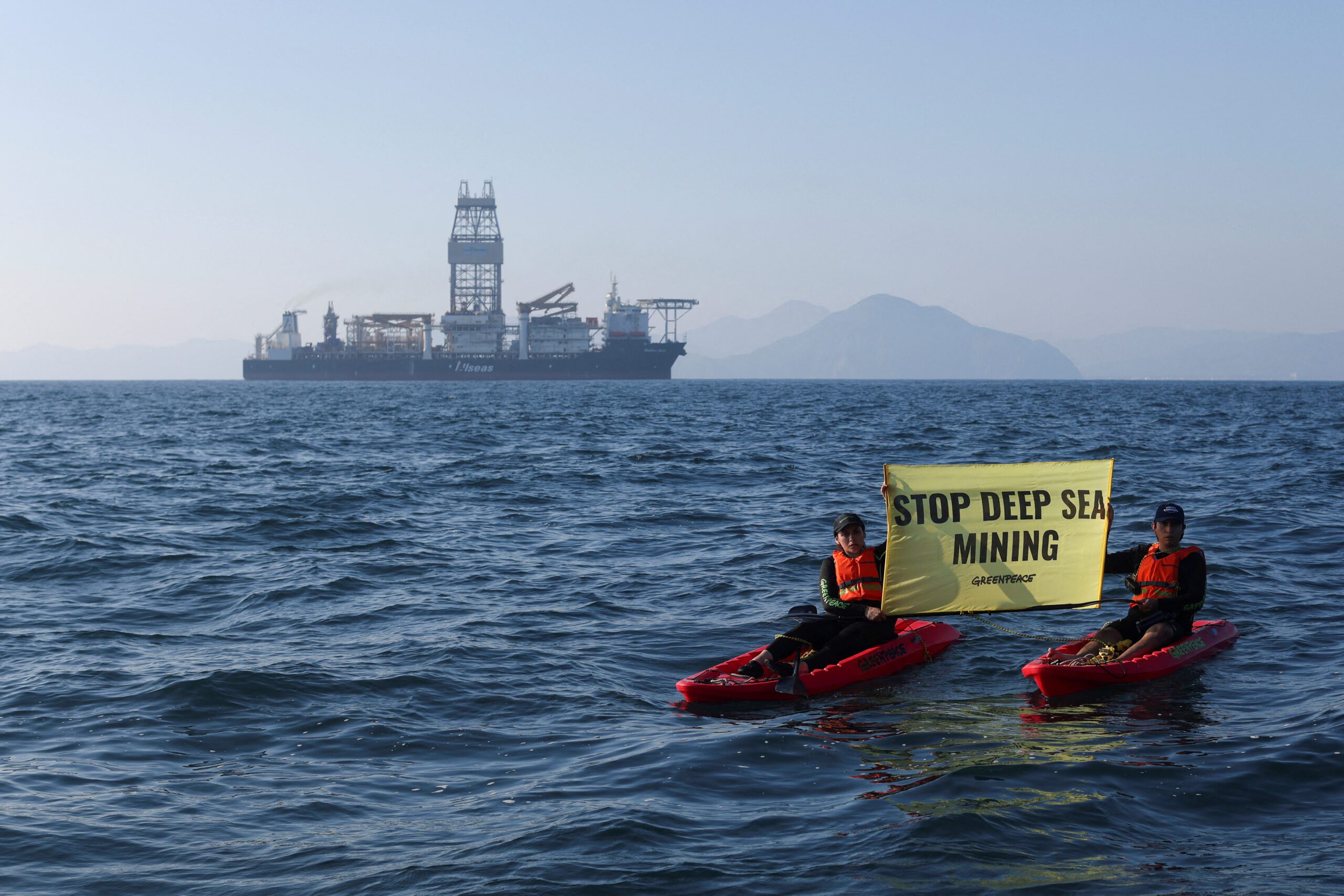Snorre A, image (c) Rune Johansen – Statoil
While drilling from the Snorre A platform in the Norwegian North Sea on Saturday, Statoil reports significant losses of drilling fluid occurred prompting a partial evacuation of the platform.
Statoil notes that the drill crew was able to stem the losses of drilling fluid, however 117 out of a total 254 platform personnel were transferred to Gullfaks A and Gullfaks C platforms as a precautionary measure. Supply vessels are currently en-route with new supplies of drilling fluids, however adverse weather conditions are hampering their ability to reach the rig at this time according to Statoil.
The danger of losing drilling fluids
When drilling a well, drilling fluids such as oil-based mud maintain the hydrostatic pressure balance between the well bore and that of the surrounding earth (formation).
As drillers go deeper into the earth, and encounter higher pressure formations, the density of the drilling fluids are increased by adding compounds such as Barite to the drilling mud system. If the density wasn’t increased, the pressure of the surrounding formation would be higher than that of the well bore and it would either cave in, and/or hydrocarbons could flow into the well bore and travel upwards to the drilling rig.
When gaseous hydrocarbons travel up a wellbore, the pressure on the gas decreases and according to Boyles Law, as pressure on a gas decreases, its volume increases by an equal amount. Thus the expansion of the gas becomes exponential and a rapidly upward expanding, explosive bubble forms in the well bore.
This is obviously a bad thing and could lead to a blow out and a total loss of well control.
On the flipside, if too much weighting material is added to the drilling fluid system, the mud will flow into the formation, and thus the hydrostatic head of fluid would drop. If too much mud is lost into the formation, pressure inside the well bore could drop and allow gas to once again enter.
Snorre A
To prevent losses of drilling fluid, the drilling crew on board the Snorre A had a few options at their disposal including adding different substances to the drilling fluid that would help coat the internal surface of the well bore, providing a somewhat mechanical barrier to prevent more fluids from entering the formation.
Statoil notes that the crew has pumped cement into the formation as a more permanent measure to stabilize the well while additional drilling fluids are transferred on board.

 Join The Club
Join The Club











